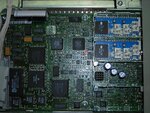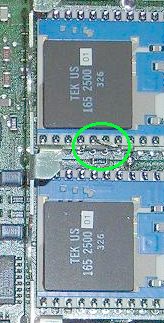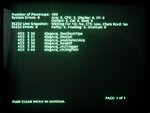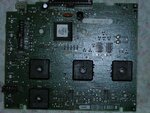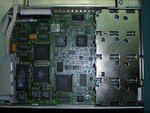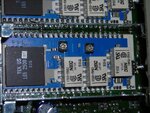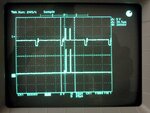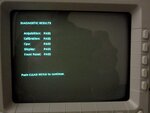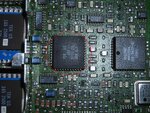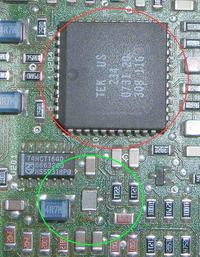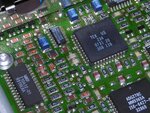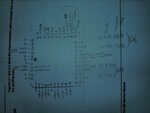jalves_pt
Junior Member level 1
Hello,
New here but in need of your help.
I bought a used Tek TDS320 to play with (brand "new" , no errors in the scope log), I was using dual trace to see a video signal with 1 byte coded in line 10 in order to program an arduino to do video telemetry.
And had ch2 to check for the output of a lm393 (preparing the pulses to be read by arduino).
All the sudden the trace of ch2 become unstable and move up in the display till it disappear.
Now, If I turn off the scope for several hours, when I power up the scope I have both traces, but after aprox. 2 minutes, the ch2 trace oscillates and move up in the Tek display till it disappear.
I have no clue why this is happening, if it was something broke, it won't work for two minutes, it lead me to think that its heat related, but what???
What can I do to find the problem??
Thanks.
New here but in need of your help.
I bought a used Tek TDS320 to play with (brand "new" , no errors in the scope log), I was using dual trace to see a video signal with 1 byte coded in line 10 in order to program an arduino to do video telemetry.
And had ch2 to check for the output of a lm393 (preparing the pulses to be read by arduino).
All the sudden the trace of ch2 become unstable and move up in the display till it disappear.
Now, If I turn off the scope for several hours, when I power up the scope I have both traces, but after aprox. 2 minutes, the ch2 trace oscillates and move up in the Tek display till it disappear.
I have no clue why this is happening, if it was something broke, it won't work for two minutes, it lead me to think that its heat related, but what???
What can I do to find the problem??
Thanks.
